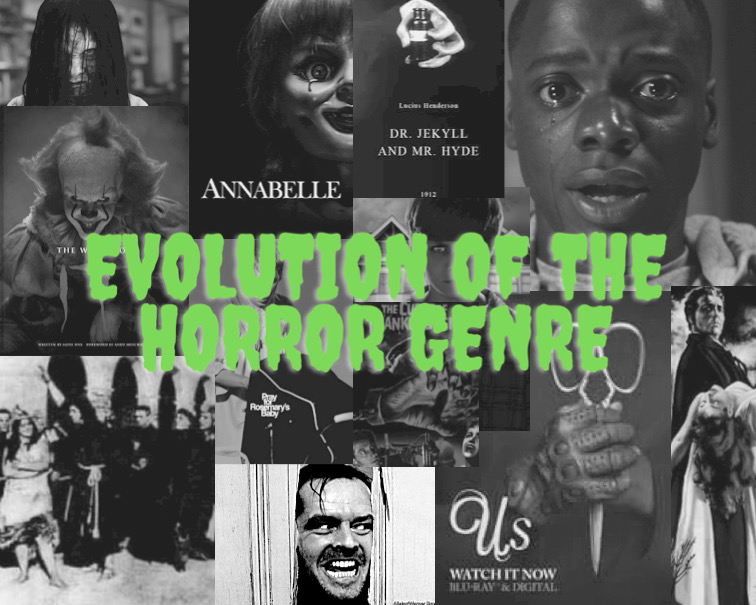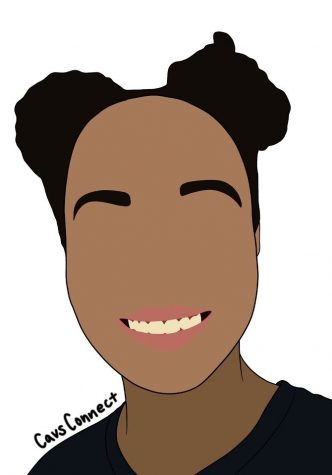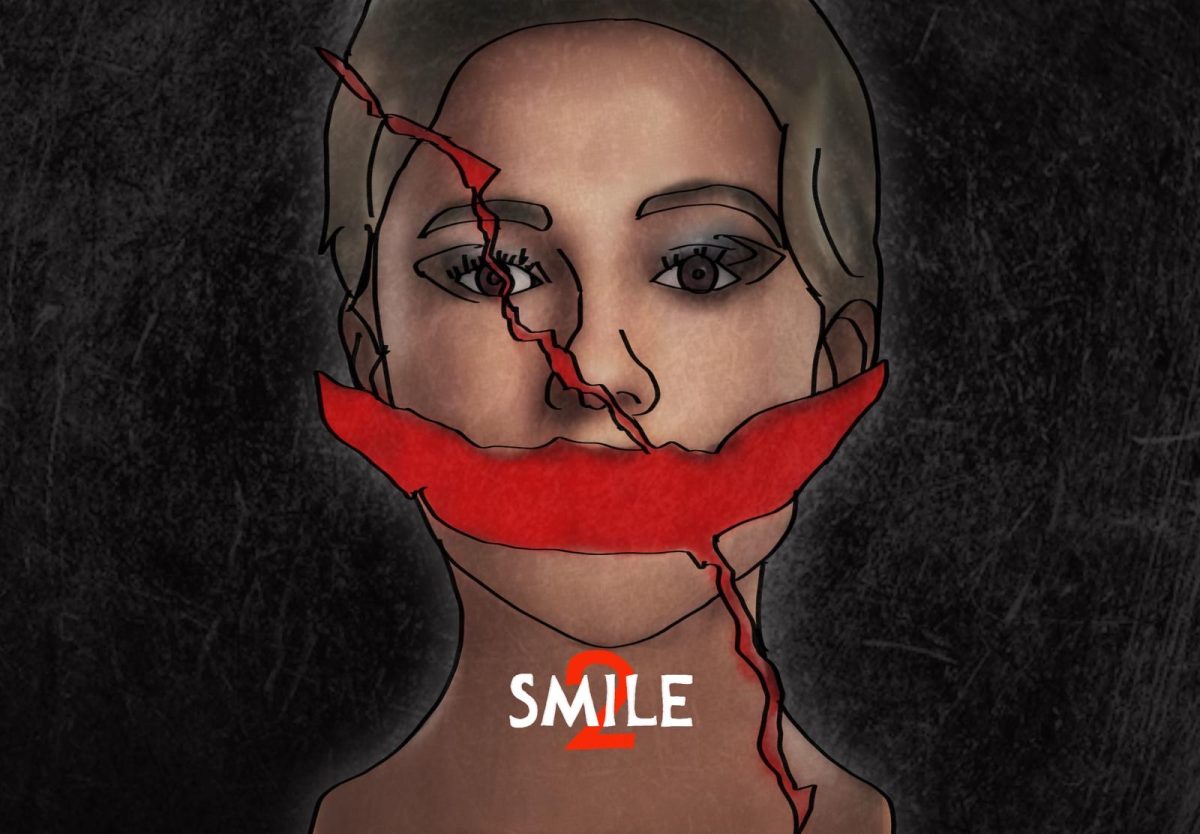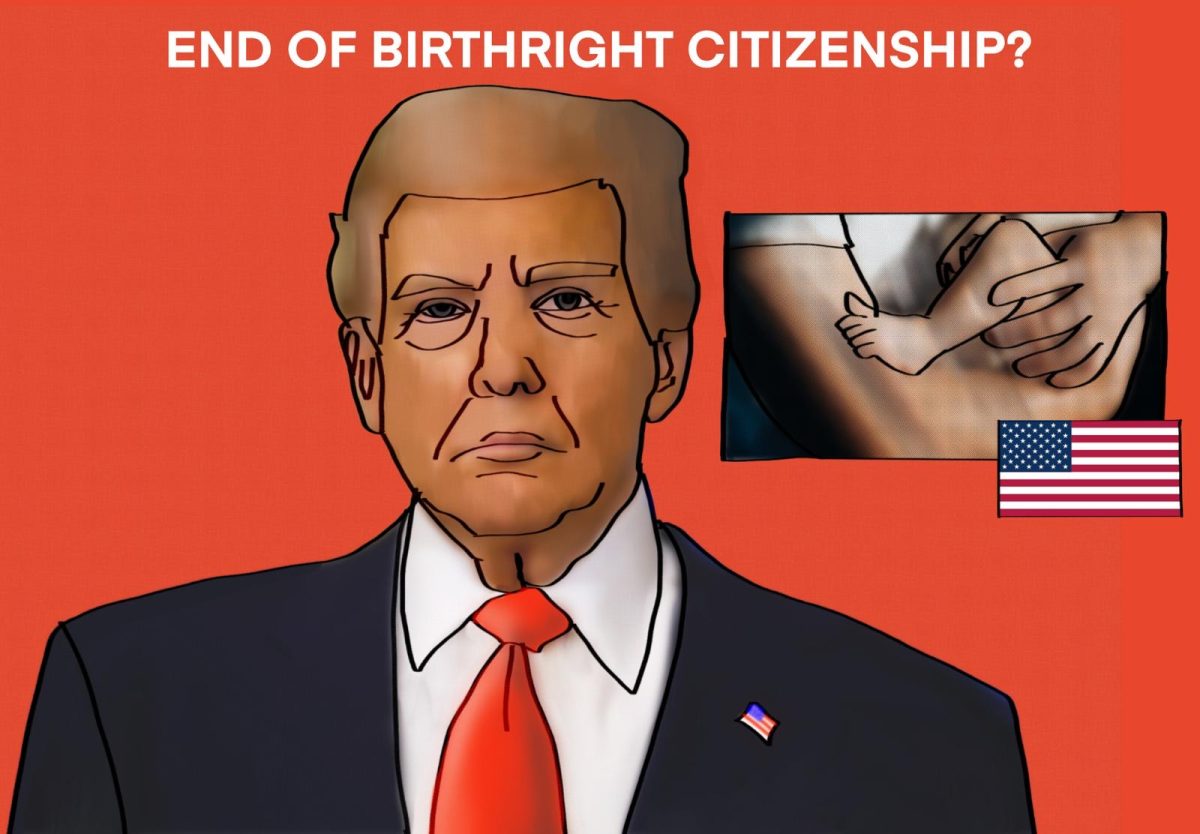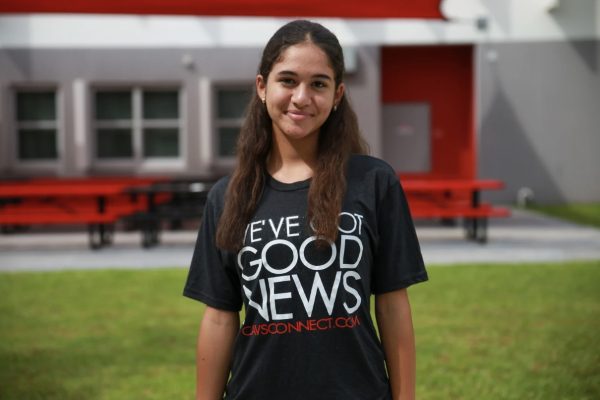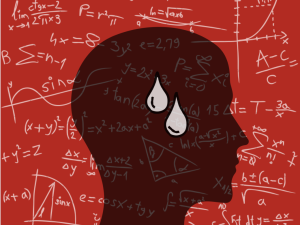“Do You Like Scary Movies?”: The Evolution of the Horror Film
The horror genre went through many changes to get through to where it is today, including significant ones brought on by technological advancement.
Oct 22, 2020
Spooky season has officially arrived! The time of witches, ghosts, Halloween horror nights, getting stuffed with discount candy and most importantly, scary movies are among us. But this begs the question: how have horror films evolved since their creation? What makes these movies that make us jump out of our pants every Oct. 31st so special?
1800s: The Trick Film
In the early days of film, most horror films were silent and short. For example, the first horror movie ever made was a French silent film by the name of “Le Manoir du Diable” or “The House of the Devil” in 1896. Throughout the late 1800s, many innovations were added to films, such as the use of long exposure, which gave rise to a new type of horror film called the trick film. Certain scenes would create the illusion that an object, like a skeleton, is moving on its own, or they could create trippy, horrifying apparitions simply by taking advantage of how light was absorbed by early cameras. Directors like George Albert Smith and Segundo de Chomon were both significant filmmakers that used optical illusions to give a new edge to their horror movies.
1910-1970s: Literary Inspiration and Universal Pictures
Between 1910 and 1929, newer horror films were adaptations of literary classics like “Frankenstein” by Mary Shellby and “Dracula” by Bram Stoker. In addition, some of Edgar Allan Poe’s work was made into movies during the 1930s, still silent and using similar trick techniques from the 1800s. At the time, horror films were not as popular as one would think. It was not until the 1930s when Universal Pictures started producing films in their own style that the American people finally dove into the genre. They focused on classics as well, but with much better quality than the ones previously made and they were a hit until the second World War. In a time of sadness and economic downfall, people rarely went to the theater and when they did, they would much rather watch something happier. Universal Pictures’ budget went down and their films at this point were mostly spinoffs.
After the war, the theater business was booming and Universal Pictures was pumping out movies like “Rosemary’s Baby.” Although there was a rise in business, it was not until later that the horror genre started to peak.
The 70s marked a huge turn of events for Hollywood’s horror genre when “The Exorcist” came out. The Exorcist was not like anything people had seen before so audiences were naturally drawn to it and the horror genre became extremely well known and popular. Riding on the Exorcist’s success, other movies came out during that decade—many of which became staples, like “Halloween” and “A Nightmare on Elms Street.”
1980s-2020: Modern Scary Tales
The horror genre is now doing better than ever. With the rise of streaming platforms, you can watch the newest scary stories with a few simple clicks. Like in the past, we see the adaptations of horror literature. This time, however, with more modern authors like Stephen King. His work has resulted in quite a handful of recognizable movies like “The Shining” in 1980, “IT” in 2017 and “In the Tall Grass” in 2019.
“‘IT’ is my favorite scary movie. It is my favorite horror movie because I think the special effects and the makeup were really cool and the characters were very enjoyable,” freshman Roció López said.
But what sets modern work apart is its new innovative methods. The film camera has evolved, we now have the ability to use special effects to build creatures that look terrifyingly real, and now films are used to make statements about society as a whole. One example is “The Quiet Place” which takes advantage of special effects and sound technology to make a tense, nerve-wracking film. Jordan Peele’s “Get Out” and “Us” both make statements about American society and how social issues like racism affect day to day life. Advancements like the aforementioned mean that horror films have expanded beyond just “being scary” and turned into tales that expose what really terrifies us.


